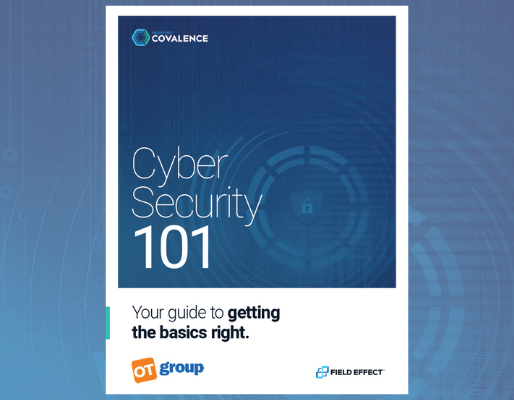More employees are working from home than ever before. Yet, despite the large number of benefits that come with remote work, working from home also presents a number of challenges for your organization.
One of the most common challenges that employers face when managing remote teams is protecting their team from cybersecurity risks.
In fact, a study from OpenVPN found that while IT leaders see the benefits of remote work and understand that it’s here to stay, they still fear that organizations leave themselves vulnerable to many risks.
The survey found that 90 percent of respondents believe remote workers pose a security risk in general, with more than half (54 percent) believing that remote employees pose a greater security risk than onsite employees.
To be able to avoid cybersecurity threats, you first need to understand what they are and how they can impact your business. That’s why OT Group has created a list of the most common cybersecurity threats for remote workers and how your organization can protect itself against them.
#1 - Phishing scams
Phishing is a type of scam in which hackers send legitimate looking, deceptive emails to your employees. These emails contain malicious links and attachments that, once opened, give hackers access to an employees device or your company’s network. Phishing scams are the top cause of data breaches, and result in huge amounts of lost money and operational issues for those companies that fall foul of them.
The solution: The best prevention for phishing scams is to train your employees to recognize them. Once your remote team can successfully identify the difference between legitimate emails and phishing scams, your business will be more protected from damaging data breaches. Want to learn more about phishing scams and how to identify them? Read our blog ‘Cybersecurity Tips: How to Identify Malicious Phishing Email Scams’.
#2 - Home WiFi security
Businesses spend a lot of time and money to ensure their network security is up to scratch. Strong network protocols make it almost impossible for hackers to gain access to your network and steal your information. Your remote employees will not have the same level of WiFi security, and public WiFi connections will be even worse.
The solution: To protect your organization’s network and its remote employees from insecure WiFi connections, make sure each member of your work-from-home team is using a virtual private network (VPN) to increase security. A VPN will protect your team’s online activity by encrypting the information they access, and making it invisible to would-be hackers.
#3 - Use of personal devices to access your company’s network
In 2014 Cisco research, 46 percent of employees admitted to transferring files between work and personal computers when working from home. Unfortunately, allowing employees to access your company network on personal devices opens your company up to a range of cybersecurity threats.
Since personal devices are not under your organization’s control, employees may have dangerous software, viruses or threats on their devices that may pose a risk to your network. Employees simply aren’t taking the same security precautions as your company’s IT team.
The solution: Your organization should ensure that employees are using company-owned devices for remote work. If this isn’t possible, it’s crucial that you train your employees on how to properly use their personal devices to limit cybersecurity threats.
#4 - Insecure passwords
Poor passwords are one of the most common ways that hackers gain entry to a network or account. In fact, simple passwords are incredibly easy for hackers to crack. Data from the 2016 Verizon Data Breach Investigations Report shows that 63 percent of all confirmed data breaches involve weak, default or stolen passwords.
If your employees are using the same insecure passwords across several platforms, then hackers will be able to gain unauthorized access to multiple accounts in a short period of time.
The solution: Provide your employees with a password manager, such as LastPass. This way, they won’t need to remember all the different passwords required to log into their work related accounts. A password manager will store and manage all of your organization’s online credentials - storing them in an encrypted database and locking them behind a master password so that hackers cannot gain access to them.
Want to learn more of the cybersecurity threats that come with remote work and how your business can prevent them from becoming a problem? Contact OT Group today. Our team of IT experts would love to answer any cybersecurity-related questions that you may have.




.png)

